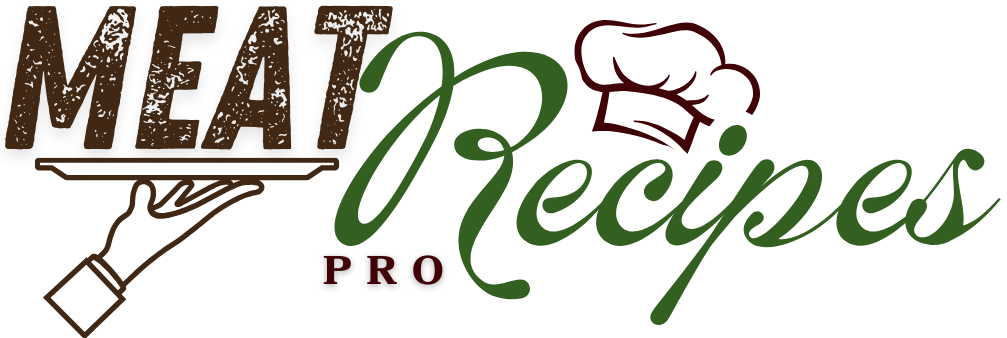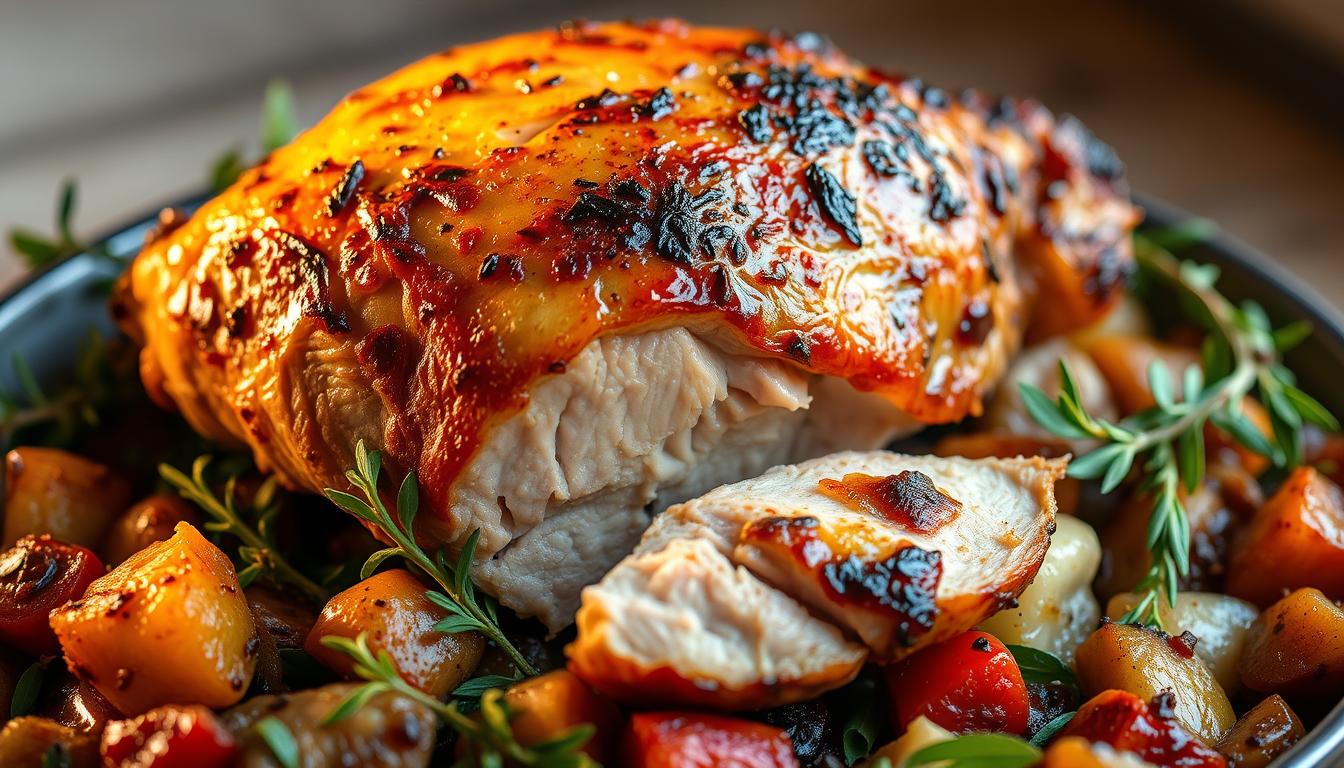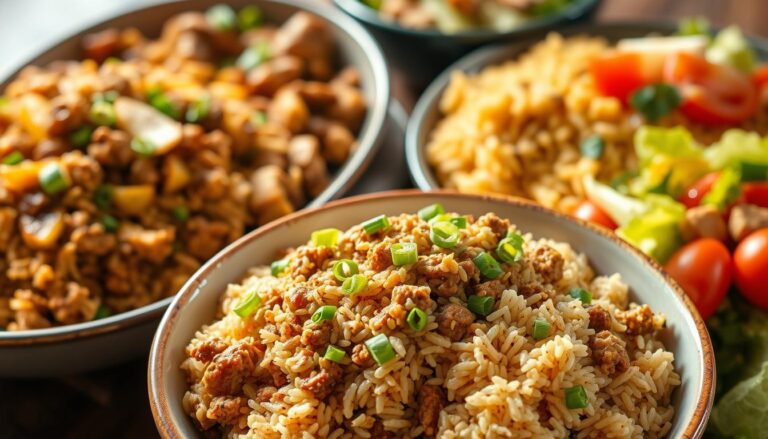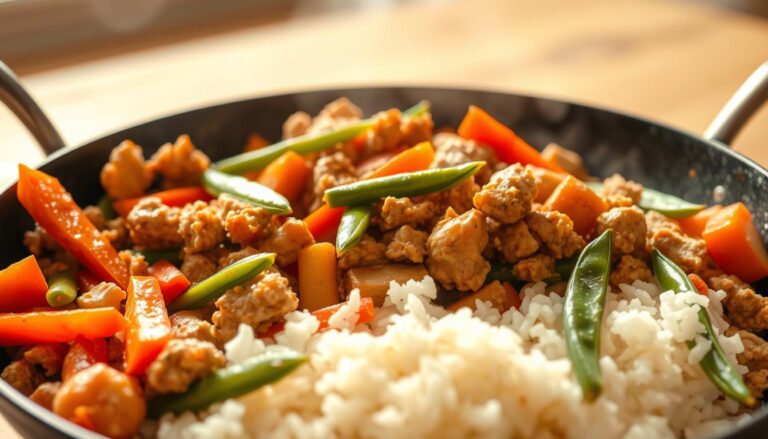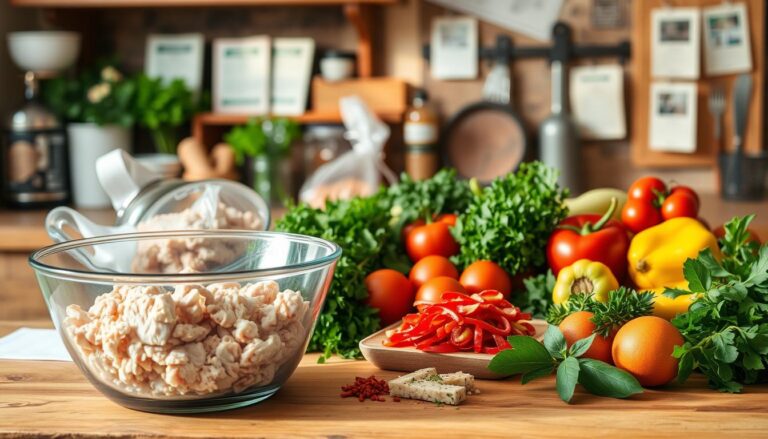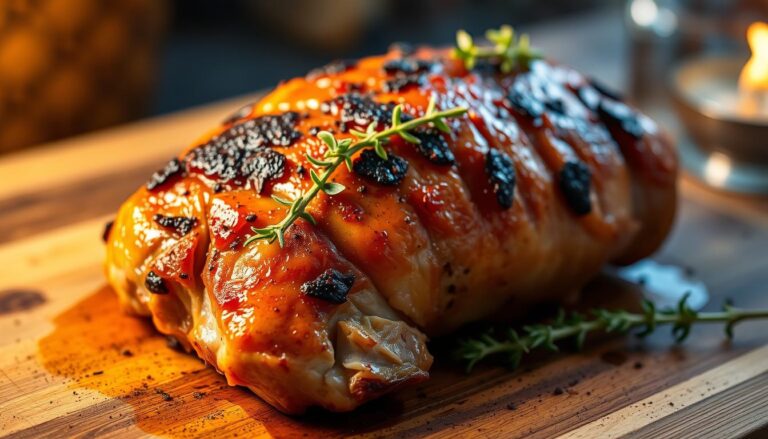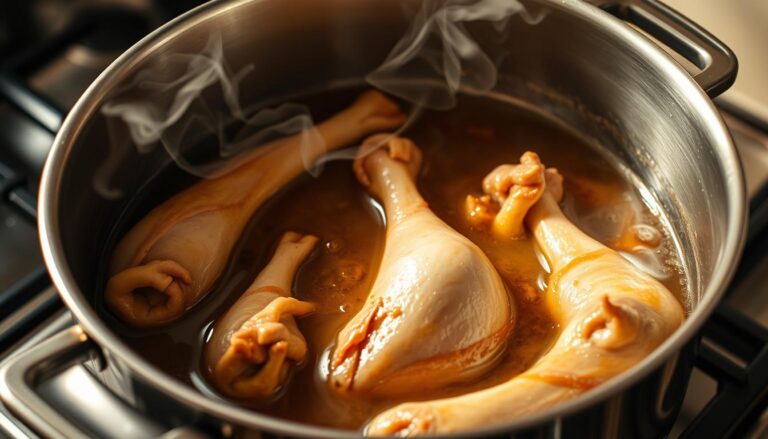Easy Wild Turkey Breast Recipes to Make Tonight
You know that feeling when a simple plan turns into a meal everyone remembers? You can take a fresh bird and turn its lean meat into a juicy, bright course main without fuss.
This guide gives you fast, reliable steps: quick pans, grills, slow cooks, and even sous vide. Each method keeps moisture and brings out clean flavor so your dinner feels like spring on the plate.
You’ll learn why a bird from the field behaves differently than store poultry, and the right way to pound, brine, and slice for tenderness. Small moves protect moisture and make every bite satisfy.
Ready-made ideas show how pantry staples become weeknight wins. You’ll also get simple sides and saucing tips, plus safe storage and smart leftovers ideas to stretch one cook into many meals.
Table of Contents
Quick start: what you’ll need and how you’ll cook it right now
Start by gathering a few simple tools and pantry staples so you can move from prep to plate fast.
Core gear: a sharp knife, cutting board, paper towels, an instant-read thermometer, and a fork. Add salt and pepper, a neutral oil with a high smoke point, and basic breading if you plan to fry.
Trim connective tissue, remove silverskin, and cut the meat into even pieces. Pat each piece dry in single layers so browning starts quickly.
Choose one of three fast paths: pan-fry thin cutlets in minutes, grill over direct high heat, or sous vide then sear for ultra-juicy slices. Season simply with salt pepper; add garlic or herbs only if you want more aroma.
- Pan-fry: set up flour, egg, crumbs; heat oil until it shimmers.
- Grill: oil grates, preheat hot, and watch the thermometer.
- Sous vide + sear: cook gently, then finish on a hot skillet.
| Method | Time | Key tool |
|---|---|---|
| Pan-fry cutlets | 6–8 minutes | Skillet, instant-read thermometer |
| Grill direct | 8–12 minutes | Grill, tongs |
| Sous vide then sear | 1–2 hours + 2 minutes | Immersion cooker, cast iron |
Wild turkey breast recipes you can make tonight
Choose one of these directions and gather a few staples. Each idea shows clear steps so you can cook confidently and serve fast.
Campfire‑crisp schnitzel
Slice one turkey breast half into six pieces. Pound each to 1/3 inch, season, then set up flour, beaten egg, and panko.
Heat about 1/3 inch of oil in a heavy pot over high heat. Fry until golden, flip, drain, and finish with lemon wedges.
Slow cooker white wine braise
Use a 5–6 lb turkey breast on a bed of onion, carrot, celery, and garlic. Add about 1 cup white wine and 2 cups stock so liquid reaches halfway up the side.
Cook until tender. Reduce 1.5 cups of the cooking liquid with a cornstarch slurry to make a glossy pan sauce and slice to serve.
Grilled kabobs
Trim and cube the breast into 1–1.5 inch pieces. Marinate overnight with soy, vegetable oil, lemon, sugar, and garlic.
Skewer and grill hot until edges darken and centers are just cooked. Rest briefly and serve with optional grilled pineapple.
Fried nuggets & sous vide finish
For nuggets, soak bite‑size pieces in buttermilk, dredge in seasoned flour, and fry hot until crisp.
Or bag seasoned breast meat and cook at 145°F for 90 minutes, then sear 90 seconds per side for an ultra‑juicy finish.
“Pound thin for fast cooking; use an instant‑read thermometer to keep the meat perfect.”
| Dish | Key step | Finish time |
|---|---|---|
| Schnitzel | Pound, flour‑egg‑panko, fry in 1/3″ oil | 10–12 minutes |
| Slow cooker braise | Braise with 1 cup white wine + stock, reduce sauce | 3–5 hours |
| Grilled kabobs | Marinate overnight, high‑heat grill | 12–15 minutes |
| Sous vide + sear | Cook at 145°F, dry and sear | 90 minutes + 3 minutes |
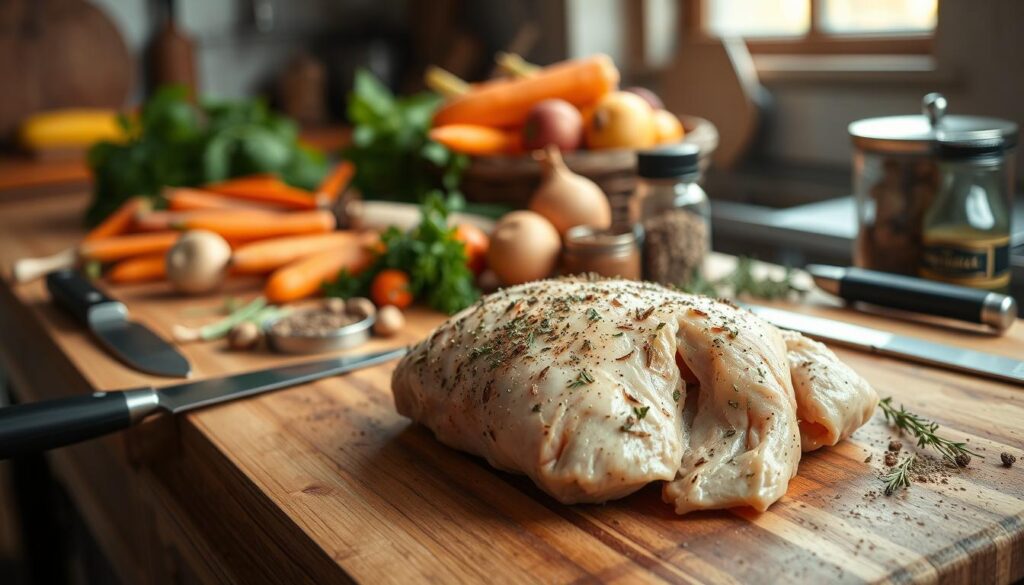
Sides, sauces, and serving ideas for wild game dinners
Finish your meal with smart sides and a simple sauce that lets the meat shine. A focused approach keeps the main protein moist and the plate balanced.
Simple pan sauce
After you fry cutlets, use the browned bits as flavor. Add a splash of wine, then pour in chicken stock and scrape the pan.
Simmer until the liquid reduces and lightly coats the spoon. For slow-cooker birds, ladle 1.5 cups of cooking liquid into a saucepan, whisk in a cornstarch slurry, and simmer to a smooth sauce.
Leftovers: sandwiches, tacos, and pot pie
Slice thin for warm sandwiches, shred for smoky tacos, or dice for a comforting pot pie. Use just enough sauce to bind the filling so it stays rich, not soupy.
Southern sides that shine
Buttery mashed potatoes soak up sauce while green beans with bacon add snap, smoke, and salt. Fresh fruit like cantaloupe or grilled pineapple brightens the plate.
- Use the pan fond as a foundation: deglaze with wine and add chicken stock to concentrate flavor.
- When reheating in the oven, add a spoonful of stock and cover to gently steam and protect moisture.
- Aim for contrast: crisp fried pieces with creamy potatoes and tender beans makes every bite more interesting.
“Keep pan sauces modest—let the main ingredient lead, with stock and wine as support.”
Pro tips to keep turkey breast tender, flavorful, and safe
A few proven tricks let you turn lean meat into reliably tender dinners every time. These steps focus on moisture, correct doneness, and safe storage so your dinner stays bright and satisfying.
Brining, pounding, and slicing for tenderness
Brine turkey breasts in a light salt solution to boost moisture. Pound thicker areas until even so pieces cook in uniform layers and stay juicy.
Always slice across the grain with a sharp knife. Shorter fibers make chewing easier and help every forkful feel tender.
Internal temperature and carryover heat
Use an instant-read thermometer and factor in carryover heat. Pull lean breast slightly early so residual heat finishes the job without drying the center.
For sous vide, 145°F for about 90 minutes then a hot sear gives reliable results. When slow cooking, check tenderness after roughly two hours and continue for additional hours until the meat begins to pull apart.
Make stock from bones; store leftovers safely
Save bones and trimmings to make a rich stock in a pressure cooker or on the stovetop. That stock improves sauces, soups, and grains.
Cool leftovers fast, store in shallow containers, and plan next-day uses like sandwiches or pot pie. When reheating, add a spoon of stock and cover to return slices to serving temperature without drying them out.
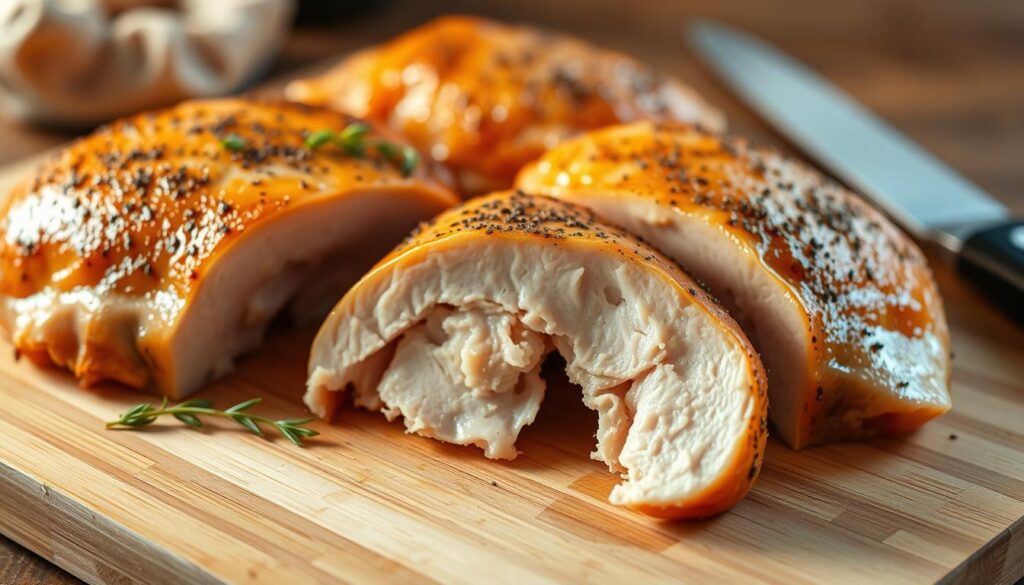
“Brine, even thickness, careful temps, and a short rest will keep breast meat tender and flavorful.”
Conclusion
Finish confidently: pick the path you want—crisp schnitzel with lemon, a slow-cooked breast with a white wine pan sauce, smoky soy‑garlic kabobs, quick fried cutlets, or sous vide at 145°F then sear.
Keep prep simple: season with salt pepper, cut to even thickness, and use good oil and a reliable thermometer. Rest briefly after cooking and slice across the grain for tender pieces every time.
Match a fast side and a modest sauce so the course main shines. Save bones and cooking liquid for stock, and turn leftovers into sandwiches, tacos, or pot pie to stretch one cook into several meals.
Use these tips and you can cook game confidently any night and deliver a flavorful, reliable dish your table will ask for again.
